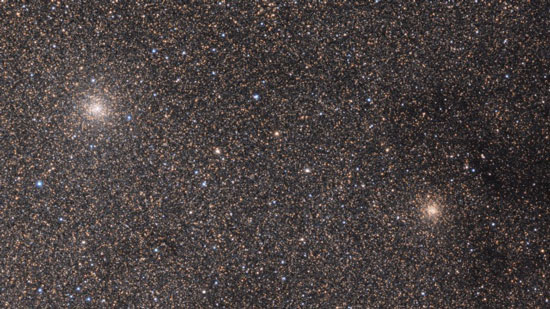Light from the first stars
Astronomers have captured light from the first stars of the universe.

Shortly after the Big Bang event about 13.7 billion years ago, the universe cooled down to allow atoms to form, and they combined to produce the first stars.
When picturing, their light spreads throughout the early universe, creating a halo of light accumulated from many stars and moving through time and space. And so far, that halo has caught the eye of the earth. National Accelerator Laboratory SLAC in California has isolated light from early stars in a giant cluster of synthetic rays.
They could not measure the halo directly, but by analyzing the results of measuring distant black holes provided by the Fermi gamma-ray space telescope. According to the Science report, the stars exist when the universe is 600 million years old or older. Unlike modern times, early stars are really big, with masses hundreds of times our sun.
They are brighter, and the life cycle is also shorter than today's descendants.
- The cause of the planet is not flashing like stars
- Why can't stars see in the daytime?
- Why is the star sparkling?
- Decoding super-fast stars in 'Ngan river'
- Scientists measure the total amount of light produced in the universe
- Strange sounds of the oldest stars
- Why stars have 5 petals?
- Detect suspicious signals of aliens from more than 230 stars
- Measure the distance between stars
- What is the light year? How many kilometers is a light year?
- 9 interesting things about stars
- Why not see the stars in the daytime?
 Van Allen's belt and evidence that the Apollo 11 mission to the Moon was myth
Van Allen's belt and evidence that the Apollo 11 mission to the Moon was myth The levels of civilization in the universe (Kardashev scale)
The levels of civilization in the universe (Kardashev scale) Today Mars, the sun and the Earth are aligned
Today Mars, the sun and the Earth are aligned The Amazon owner announced a secret plan to build a space base for thousands of people
The Amazon owner announced a secret plan to build a space base for thousands of people